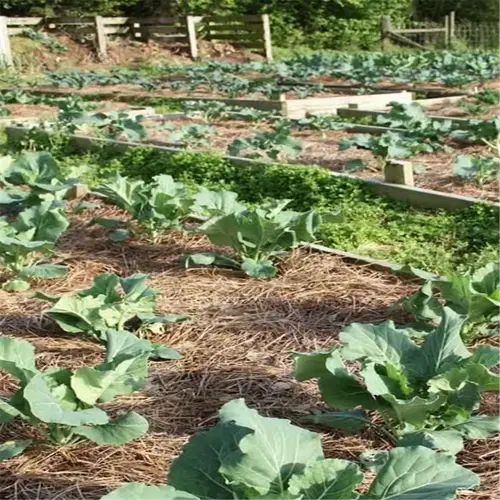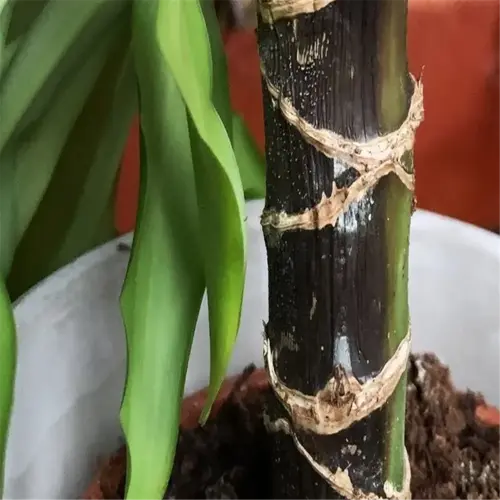How does young vs mature tree pruning differ?

Written by
Nguyen Minh
Reviewed by
Prof. Charles Hartman, Ph.D.Differentiated pruning of fruit trees at various stages in life is key to maximizing fruit production. For example, I established a young peach tree with five scaffold branches that bore fruit two years earlier than its other family, which I pruned less suitably. Remember that mature trees require more restraint. It is recommended to prune no more than 30% of the tree per annual cycle to avoid shocking a tree or limiting fruit production.
Young Tree Focus
- Establish 3-5 scaffold branches 30cm (12 inches) apart
- Remove vertical water sprouts weekly
- Limit cuts to 20% annual growth
Mature Tree Priorities
- Thin canopy for 40% light penetration
- Renew fruiting spurs every 3 years
- Phase large cuts over multiple seasons
Tool Differences
- Young trees: Bypass pruners <2.5cm (1 inch)
- Mature trees: Loppers + folding saws
- All trees: Disinfect with 70% alcohol
Structural mistakes persecute mature trees. A client had a 20-year-old apple tree with 12 competing leaders from poor early training. We spent 3 winters essentially reducing that down to three leaders. I like to use flagging tape to temporarily mark branches on younger trees, and once the permanent ones have had time to strengthen, out they come.
Young Tree Schedule
- Year 1: Establish central leader
- Year 2: Select scaffolds
- Year 3: Thin interior shoots
Mature Tree Cycle
- Winter: Remove deadwood
- Spring: Monitor regrowth
- Summer: Stone fruit touch-ups
The maintenance of tools is based on tree age. My young tree shears are sharpened after every month. The saws for mature trees are sharpened every week. For branches thicker than 5.0 cm (2 inches), I use the three-cut method; my first two cuts are the undercut to prevent bark stripping (it is important to always do this first). Always sterilize your tools after cutting diseased wood.
Read the full article: How to Prune Fruit Trees: A Step-by-Step Guide

